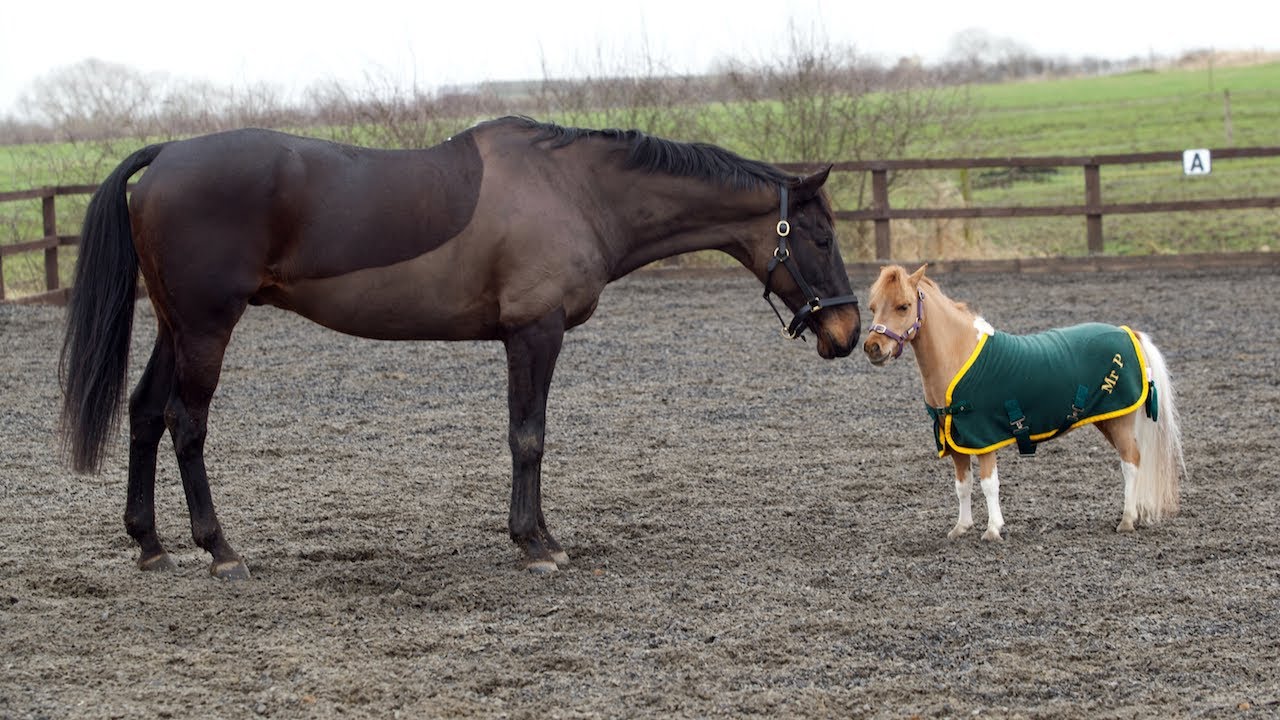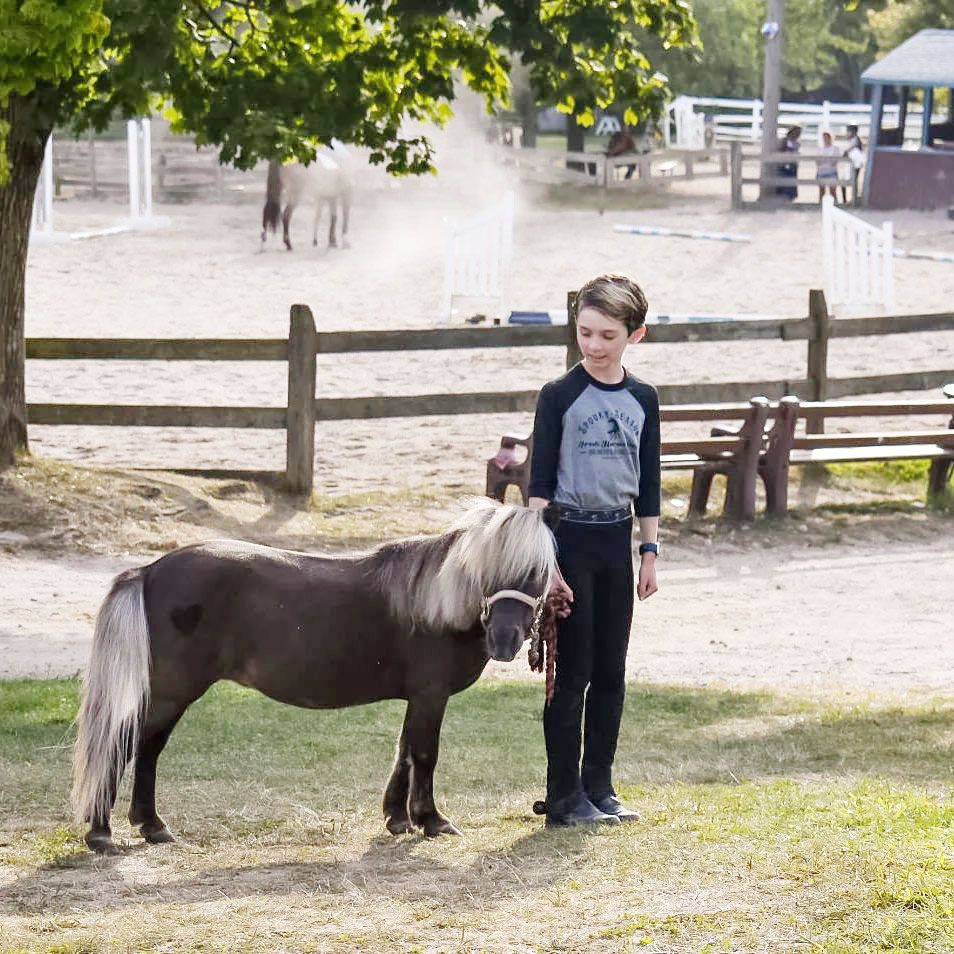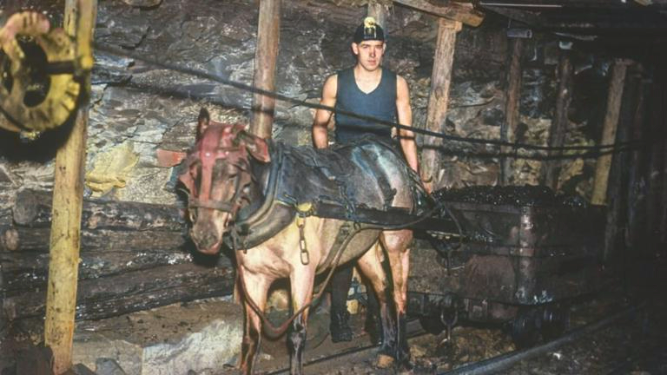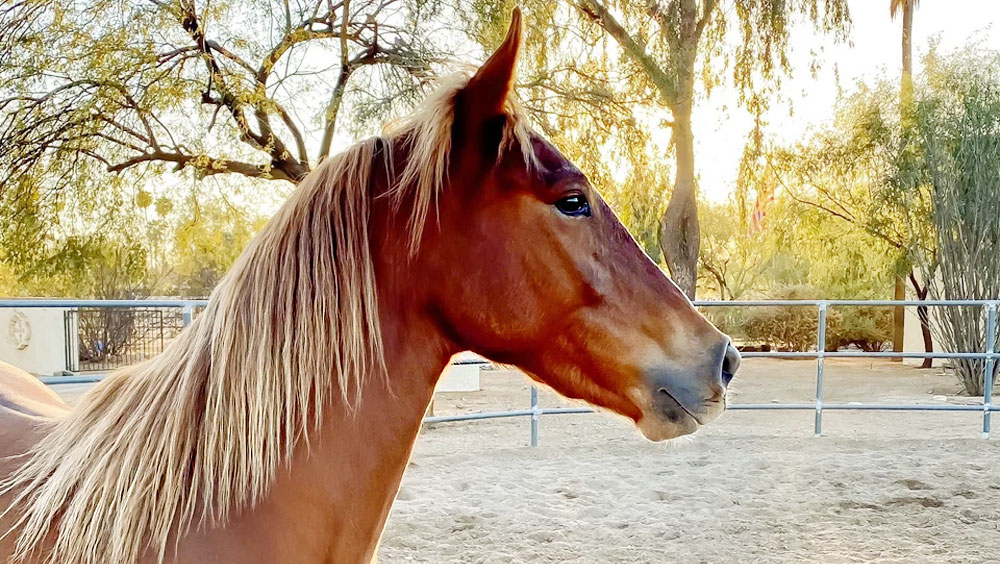The many similarities between horses and ponies lead some to believe that ponies are just baby horses. However, the two are distinct with differences in terms of size, physical characteristics, and historical use.
Ponies Are Usually Smaller Than Horses

Ponies and horses are both members of the equine family of animals. According to the Online Etymology Dictionary, the word "pony" comes from the French word poulenet, meaning "little foal." Although a foal is a baby horse, the term doesn't imply that a pony is a baby horse. Rather, it describes the size of ponies compared to horses. People measure the equine size in terms of hands, a unit of measurement about 4" long. Breeders classify most horses under 14.2 hands as ponies. Ponies are also lighter than horses. The American Museum of Natural History reports that pony weights usually range from 200 to 1,500 pounds, while horses weigh 800 to 2,700 pounds.
Ponies Have Unique Physical Characteristics

Some horse breeds are smaller than 14.2 hands. Examples include the American Miniature and the Caspian horse. The reason why breeders consider these animals horses reveals the second difference between ponies and horses: physical characteristics. Ponies tend to have a stockier frame with a wider chest and thicker neck. Compared to their body size, their legs and heads are shorter than those of horses. In addition, most have heavier coats and manes to shield them from the cold.
Ponies Originated As Working Equines

The term "pony" emerged during the 1650s when pony breeding became a common practice. Originally, ponies served as workhorses. They plowed fields, pulled carts, and hauled lumber, fertilizer, mined ores, and manufactured goods. The physical characteristics of ponies give them the necessary endurance and strength to complete these tasks. Horse breeding dates back more than 5,000 years, according to The British Museum. Throughout history, most horse breeds served as methods of human transportation. People rode them into battle, during hunts, and on long-distance trips. Larger horse breeds also pulled sleighs, carriages, and chariots capable of transporting more than one human at a time.


